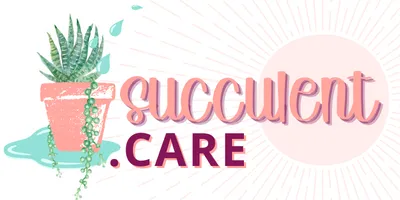Have you ever scrolled through Instagram or wandered through a nursery and stopped dead in your tracks at a succulent so vibrantly colored it hardly looked real? You see a fiery red Echeveria, a pastel purple Graptopetalum, or a brilliant blue Sedum with tips dipped in sunshine yellow. You might wonder, “Is this a filter? Is it even real?”
The answer is yes, and it is one of the most magical tricks in the succulent world. These breathtaking hues are known as stress colors.

Contrary to what the name implies, this is not a sign of a sickly plant on its last legs. When done correctly, it is a sign of a supremely healthy plant showing off its true, dazzling potential. This guide is your deep dive into the fascinating science behind this phenomenon and your practical manual for safely encouraging your own succulents to put on a spectacular color show.
Dig in!
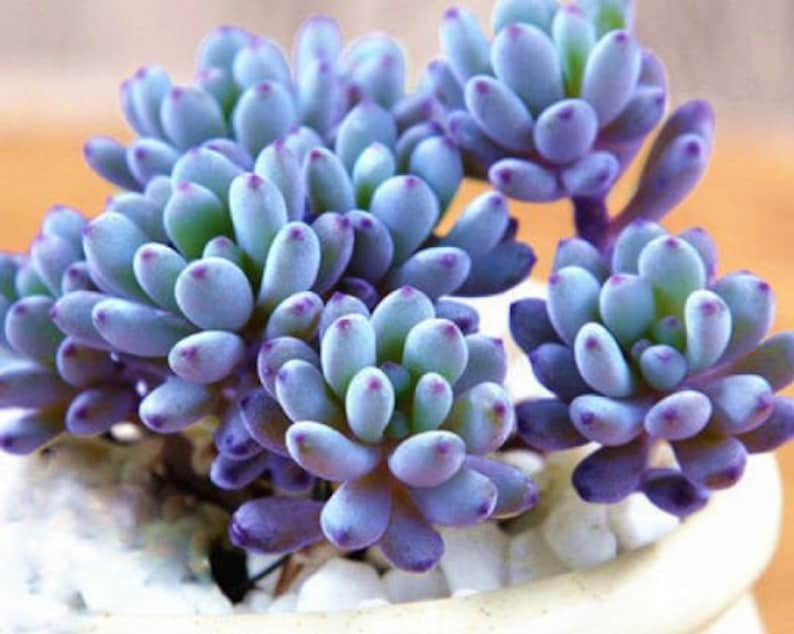
What Are Stress Colors, Really? (The Science Behind the Magic)
To understand stress colors, we have to step into the world of plant biology. At its core, a succulent’s primary mission is survival. Its default green color comes from chlorophyll, the vital pigment responsible for photosynthesis. This is the process of converting sunlight into energy.
When a succulent encounters certain “stressors” in its environment, like intense sunlight, cooler temperatures, or drought, it triggers a series of fascinating defensive adaptations. The vibrant colors we see are actually a side effect of this survival mode.
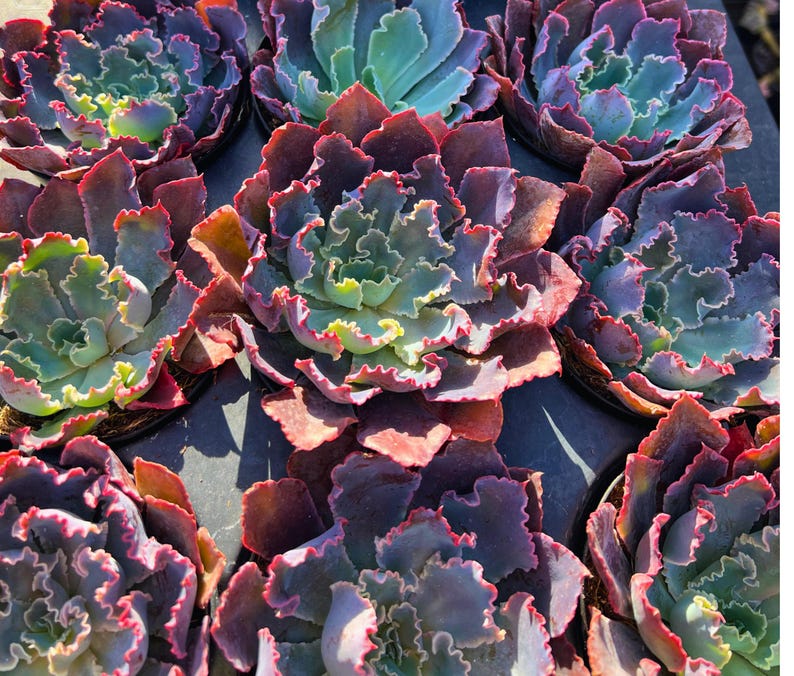
Here is what is happening inside the leaves when you see stress colors:
- The Sunscreen Effect (Anthocyanins & Carotenoids): Intense sunlight is powerful enough to actually damage a plant’s cells. In response, the succulent produces other pigments, primarily anthocyanins (which appear red, purple, or blue) and carotenoids (which appear yellow, orange, or red). These pigments act as a natural sunscreen, absorbing harmful UV light and protecting the delicate chlorophyll underneath from photodamage. What we see is a beautiful flush of color.
- The Chlorophyll Fade: In less than ideal growing conditions, like a drought or a cold snap, the plant may slow its growth and slightly reduce its chlorophyll production. Since the green pigment is less dominant, the underlying, always present carotenoids and newly produced anthocyanins become more visible.
Think of it like this: a succulent is a canvas. Chlorophyll is the base layer of green paint. Stressors cause the plant to add brilliant red, purple, orange, and yellow brushstrokes on top (AKA stress colors), while also subtly thinning the green base layer to let the other colors shine through. The result is a living masterpiece.
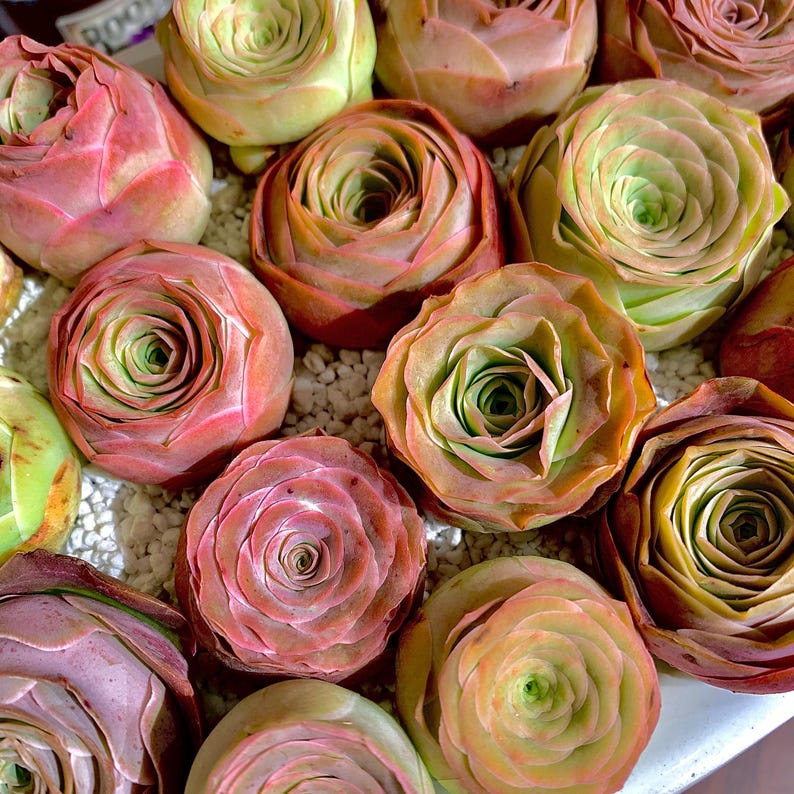
The Three Keys to Unlocking Vibrant Colors
You cannot just pick a color and demand your succulent comply. The specific stress colors a plant can produce are determined by its genetics. A green succulent like Aloe vera will never turn bright pink, but a Graptopetalum paraguayense (Ghost Plant) can shift from slate gray to gorgeous pinkish yellow.
To encourage this color transformation, you need to manipulate three key environmental factors. The magic happens at the intersection of these elements.
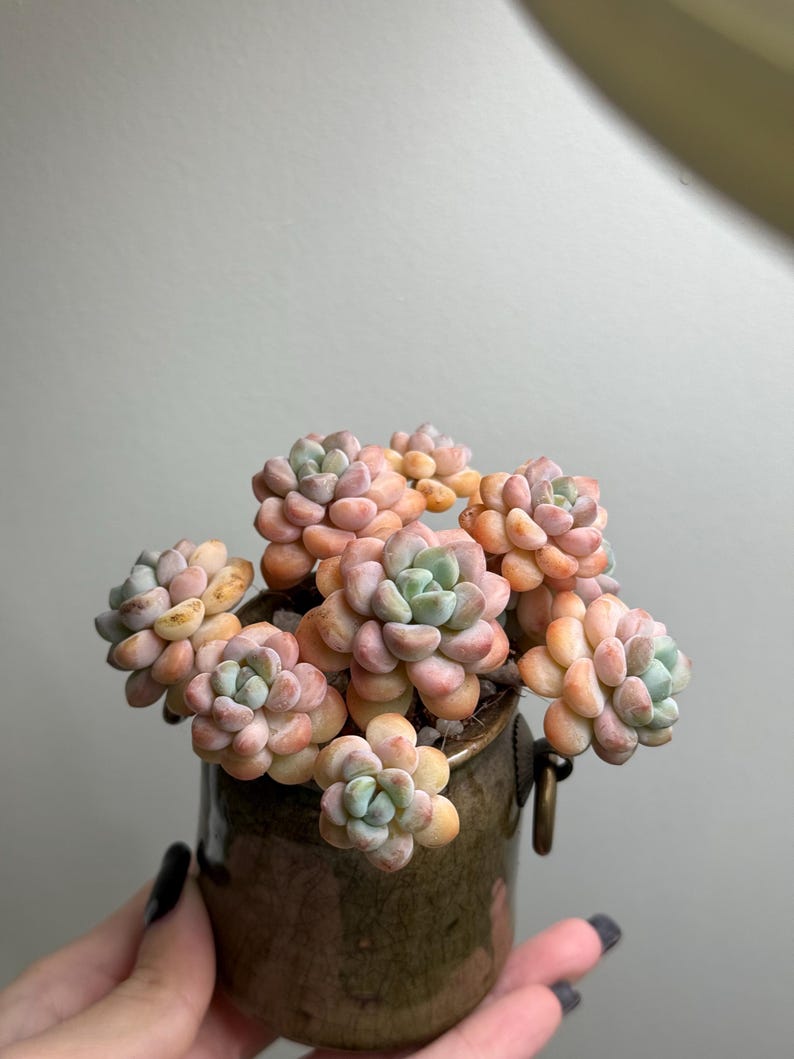
1. Intense Light (The Most Important Factor)
Sunlight is the number one driver of stress colors. The goal is to provide more light than the plant needs for basic growth.
- Outdoor Succulents: Those grown outdoors will naturally show their best stress colors, especially when they receive direct sun for at least 4 to 6 hours a day. Morning sun is ideal as it is intense but less likely to burn than the harsh afternoon sun. Acclimate your plants gradually to prevent sunburn.
- Indoor Succulents: This is where the challenge lies. A south facing window is your best bet to get an indoor succulent to show stress colors. For most homes, however, even the sunniest window will not be enough to induce significant stress coloring. This is where grow lights become essential. Full spectrum LED grow lights, kept on for 12 to 14 hours a day and placed just a few inches from the plant, can work wonders.
Caution: There is a fine line between enough light and too much. Sunburn appears as irreversible brown or white scorched marks on the leaves. If you see this, pull the plant back to a slightly shadier spot.
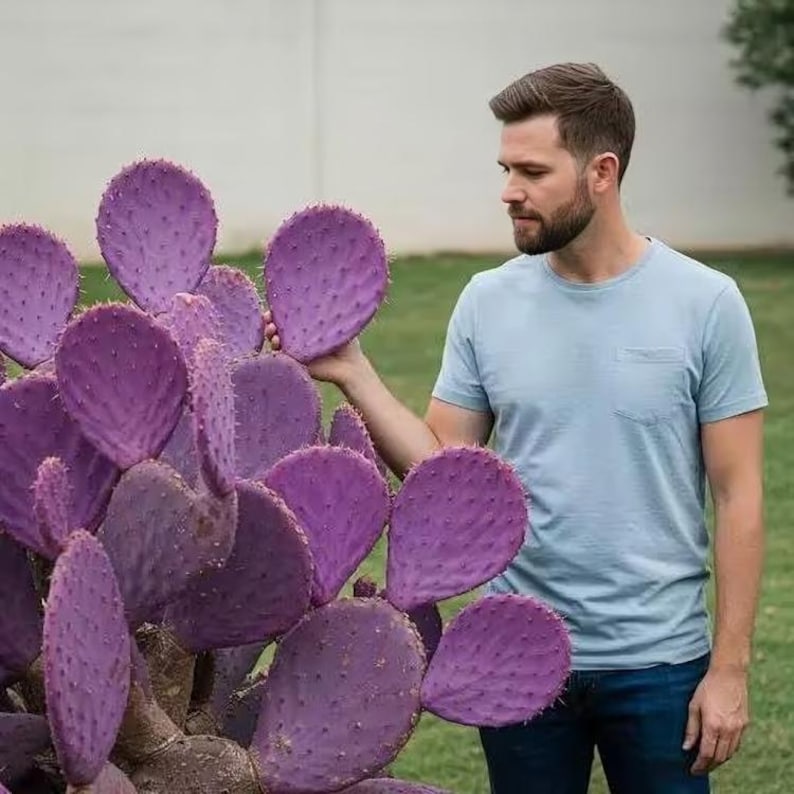
2. The Right Temperature (The Season of Color)
Temperature stress is a powerful partner to light. Many succulents will only show their most extreme stress colors when exposed to cool temperatures.

- Cool Nights: The most effective temperature trigger to see stress colors is a significant drop in temperature at night. The ideal scenario is warm, sunny days (60 to 80°F or 15 to 27°C) followed by cool nights (40 to 55°F or 5 to 13°C). This daily fluctuation signals the plant to produce protective anthocyanins.
- Seasonal Changes: This is why succulents are often at their most stunning in the spring and fall. The conditions are naturally perfect, with bright sun and cool nights. Summer sun can be too harsh, and winter can be too dark and cold for growth.
Do not try to freeze your plants! Protect them from actual frost, as most popular succulents are not frost tolerant and will suffer severe damage.

3. Strategic Watering (Controlled Drought)
Water is life, but a controlled drought can create beauty. When a succulent is given just enough water to survive but not enough to plump up and grow rapidly, it will often respond by showing its beautiful stress colors.
- The Technique: Extend the time between waterings. Let the soil become completely dry, and then wait a few more days before watering. The leaves may soften slightly and wrinkle a tiny bit. This is your sign that it is time to water.
- The “Why”: In the wild, a lack of water often coincides with sunny, cloudless conditions. The plant is biologically linking the bright sun, which requires sunscreen, with a lack of resources, so it slows growth and chlorophyll production.
Crucial Warning: This is stress, not neglect. The goal is to keep the plant healthy but thirsty, not to dehydrate it to the point of death. A severely underwatered succulent will shed roots and lose leaves rapidly. If your plant looks severely shriveled, it has gone too far.

A Step by Step Guide to Safely Stressing Your Succulents
- Know Your Plant: Research your specific succulent variety. What stress colors is it capable of? What are its light needs? A Haworthia will burn long before it turns red, while an Echeveria ‘Perle von Nurnberg’ is a color changing champion.
- Ensure Perfect Health: Only stress a plant that is 100% healthy. It should have a strong root system, be free of pests, and not be actively flowering, as that consumes a lot of energy. A weak plant may not survive the process.
- Prioritize Light First: Gradually increase the light your plant receives over one to two weeks. Move it to a sunnier spot or introduce a grow light, increasing the duration daily to avoid shock.
- Adjust Watering: Once the plant is acclimated to brighter light, begin to extend the time between waterings. Pay close attention to the leaves for signs of thirst.
- Be Patient: Stress colors do not happen overnight. It can take several weeks to a month to see significant results. The changes often start at the tips of the leaves or the center of the rosette and spread from there.
- Observe and Adapt: Your plant will talk to you. If you see signs of sunburn, provide a little shade. If the leaves are becoming overly shriveled, water a bit sooner. This is a dance, not a recipe.

The Golden Rule: Health Over Color
This cannot be overstated: Vibrant stress colors should be a side effect of a healthy, well cared for plant, not the goal at the expense of its health.
A plant that is pushed too far will die. Signs of dangerous stress include:
- Extensive, widespread leaf loss.
- Mushy, blackened stems or leaves, which indicate rot from overwatering followed by sun shock.
- Crispy, brown sunburn on most leaves.
- Stunted growth for extended periods.
If your plant is showing these signs, dial back immediately. Return to a basic care routine to help it recover. A green, plump, growing succulent is always better than a dead, colorful one.
FAQs: Your Stress Color Questions, Answered
Q: My succulent is turning red. Is that good or bad?
A: It depends on the context. If the plant is also firm, with compact growth, it is likely beautiful stress. If the reddening is accompanied by wilting, mushiness, or leaf drop, it could be a sign of rot or extreme sun damage.
Q: Why is my succulent only green?
A: The most common reason is insufficient light. Other factors could be overwatering, overly rich soil, or consistently warm temperatures, for example always being indoors in climate control.
Q: Can I use fertilizer to enhance colors?
A: Generally, no. Fertilizer, especially high nitrogen fertilizer, encourages rapid green growth, or chlorophyll production. This is the opposite of what you want. If you do fertilize, do it sparingly and only at the beginning of the growing season.
Q: Will the colors last forever?
A: Not usually. Colors are a response to current conditions. When the seasons change, for example when winter brings less light or summer brings intense heat and rain, your succulent will often revert to a more green or blue green state. This is a natural and healthy cycle.
Embrace the Art of Succulent Stressing
Encouraging stress colors is the art of mastering the balance between providing ideal care and applying gentle, strategic pressure. It is a rewarding practice that deepens your connection to your plants, teaching you to read their subtle signs and respond with care.
So, choose a healthy specimen, adjust its environment with patience and observation, and get ready for the reveal. The rainbow is already hidden inside your succulent. You just have to know how to help it shine.
